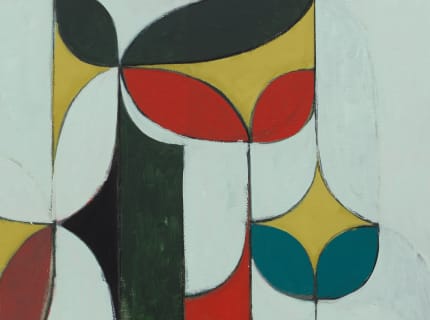“I’m interested in what makes something Eastern, what makes something exotic,” the painter Kamrooz Aram says. His curiosity is part personal, part generational. He was born in Iran in 1978, the year that Edward W. Said’s seminal book “Orientalism” was first published in the West and a year before the Ayatollah Khomeini came to power.
Mr. Aram did not discover Said’s book until college, but it has been pivotal for his art. (So has the Iranian revolution, although he has lived in the United States since he was 8 and prefers not to discuss his background.) The imagery in his paintings shifts between Giotto angels and Shia imams, the flying carpets in video games and the magical space of Persian miniatures.
Much has changed since Said laid out his theory of Orientalism: globalization, jihad, identity and postidentity politics; new museums in Abu Dhabi, United Arab Emirates; and wars in Iraq and Afghanistan. While working on the paintings for “Of Flame and Splendour,” his current show in Chelsea and his first with the Perry Rubenstein Gallery, Mr. Aram pondered “a newer Orientalism, which is less harmful but still problematic.”
It began, he said, with the era of Allen Ginsberg and the Beat poets, “everyone moving to Tangiers and practicing Buddhism a little Eastern sampler.” A current example of this brand of Orientalism, he said, is the West’s piecemeal approach to Indian religions (yoga, the Kama Sutra): “It’s a very shallow way of tapping into something that’s much bigger and deeper.”
...
Read full article at nytimes.com

